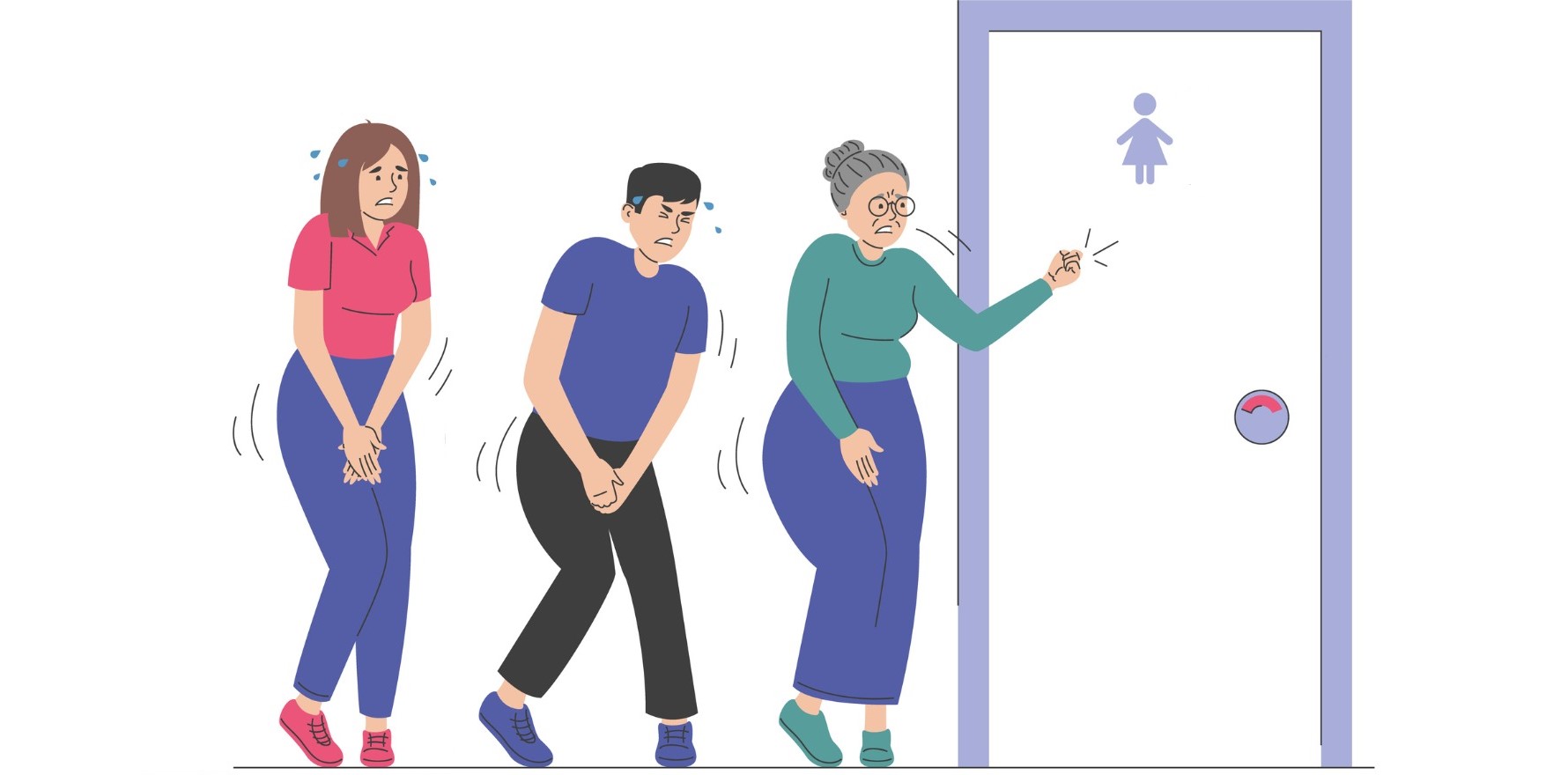And the RACGP will get input on the next community pharmacy agreement.
It may be a fashionable three months late, but the NSW pharmacist-led UTI prescribing trial has been uploaded to the Australian New Zealand Clinical Trial Registry at last, revealing the protocol and endpoints for the first time.
The University of Newcastle-run trial has been in the works since last year and kicked off with an initial group of 100 pharmacies in May.
In July, the program was expanded to 1000 sites.
The RACGP has remained opposed to pharmacist-led prescribing trials, which have slowly been popping up in each state and territory.
This proliferation should not be a surprise – government support for expanded scope-of-practice initiatives is explicitly included under Item E of the seventh Community Pharmacy Agreement, a five-yearly document negotiated between the Department of Health, the Pharmaceutical Society of Australia and the Pharmacy Guild of Australia.
Last week, the RACGP confirmed that it would consult on an early phase of the next Community Pharmacy Agreement, which will begin earlier than scheduled due to the anticipated effect of 60-day dispensing on the sector.
It will not be a co-signatory on the agreement.
The trial
It’s similar to the UTI prescribing pilot run in Queensland several years ago. Last year, the trial was declared successful and is now a permanent feature of the state’s health system.
There are two key differences with the NSW trial: pharmacists will also be allowed to prescribe repeat scripts of the oral contraceptive pill and the UTI arm of the project is being run as a clinical trial registered with the ANZCTR.
The UTI arm of the trial, dubbed PATH-UTI, is being run separately from the contraceptives arm.
The upshot of the UTI arm being registered with the ANZCTR is that there will be more transparency around the trial protocol and outcomes compared with the Queensland pilot.
Initially, groups like the AMA NSW were not totally against the trial, and branch president Dr Michael Bonning told The Medical Republic at the time that there was “a willingness to accept the process of a clinical trial, so long as that clinical trial remains free from any political influence and is reviewed and peer-reviewed on its merits”.
Any evaluation, he specified, needed to include the full impact of the program on the health system, rather than the convenience measure of “access”.
Owing to hold-ups with the University of Newcastle’s ethics approval process and the ANZCTR, it’s been unclear what measures the researchers have been collecting and what protocols the participating pharmacies have been following over the last three months.
The protocol
When eligible women present with two or more symptoms of an uncomplicated UTI, pharmacists are advised under the trial protocol to give a provisional diagnosis, then provide conservative management with non-prescription analgesics or urinary alkalinising agents.
The trial protocol itself notes that these agents – complementary medicines like cranberry pills or effervescing powders – do not have an established safety and efficacy profile for the symptomatic treatment of UTIs.
Earlier this year a Cochrane Review concluded that evidence does support the use of cranberry products in preventing recurrent UTIs, but only examined its role as a preventative, rather than a cure.
The next step in the trial protocol is providing non-pharmacological advice and education, followed by prescribing antibiotic treatment “if required”.
The first line medication is a course of trimethoprim 300mg, second line is nitrofurantoin and third line is cefalexin.
When WA recently kicked off its own pharmacist prescribing trial it chose nitrofurantoin as the first-line antibiotic at the suggestion of the AMA, which cited recent urine E. coli antibiograms that point to nitrofurantoin as being the most effective antibiotic for empirical therapy in community acquired UTIs.
Bond University evidence-based medicine researcher and GP Professor Paul Glasziou told TMR that he was concerned about rising antibiotic resistance.
“We’ve seen in the UK, for example, that a change in which antibiotic you’re prescribing leads to change in what the local resistance patterns are,” he said.
“By overprescribing trimethoprim or nitrofurantoin or whatever you’re prescribing, you’ll get an increase in resistance to that particular antibiotic.”
At the conclusion of the consultation, pharmacists are instructed to document the consult in MedAdvisor and loop in the patient’s usual GP.
The ANZCTR listing also revealed that the trial’s primary outcome is self-reported seven-day symptom-free rate, which will be collected via a direct SMS, email or phone call from the researchers to the patient.
Data on pharmacist adherence to the protocol will also be collected and assessed every second month.
Despite his reservations about antibiotic resistance, Professor Glasziou said the trial protocol and outcomes seemed reasonably well thought out and involved more follow-up than the Queensland pilot.
There are 30 secondary outcomes, which range from mapping trends in GP billing data and avoidable hospital admissions to measuring the cost-consequence results accounting for patient experience measures, relevant safety outcomes and implementation measures.
An opportunity missed in the secondary endpoints, Professor Glasziou said, was PBS data relating to UTI-specific antibiotics.
“One of the secondary outcomes is that they would look for the PBS data on antibiotic prescribing in primary care, but the thing they’ve failed to do is to recognise that, because it’s a small fraction of the overall antibiotic prescribing, you won’t necessarily pick up anything.
“What they should have done, and could still do now, is look at the urinary tract-specific antibiotics.”
The trial protocol document also lays out 17 scenarios in which women who present to a pharmacy claiming to have uncomplicated cystitis symptoms should not be treated.
It advises pharmacists to immediately refer patients to an emergency department if they show systemic symptoms suggestive of pyelonephritis or sepsis, such as a high-grade fever.
Pharmacists are advised to immediately refer to a GP if people present with UTI symptoms and a background of diabetes, blood disorders, spinal cord injury, recent IUD insertion, renal disease, haematuria, pus in urine, previous pyelonephritis, catheterisation or pregnancy.
“They have correctly identified that the most worrying thing is that you get a really severe sepsis or pyelonephritis, and they are going to refer those on,” Professor Glasziou said.
“I agreed with 90% of what’s on their flowchart, it seems to be well thought out to avoid the serious problems.”
Participating pharmacists are also advised to do an immediate GP referral for anyone who has had two or more UTIs within the previous six months, symptoms of UTI persisting for 48 hours after starting antibiotic treatment or a recurring UTI within two weeks after completing a course of antibiotics.
If someone presents with symptoms or medical history that suggest a cause other than cystitis – e.g. vaginal thrush – pharmacists are advised to make the decision whether to treat, refer or do both based on the patient’s presenting symptoms.
In scenarios where someone presents with risk factors for multidrug-resistant bacteria or sexually transmitted infections, pharmacists are advised to treat using “conservative measures” or antibiotics and instruct the patient to visit their GP immediately following treatment.




